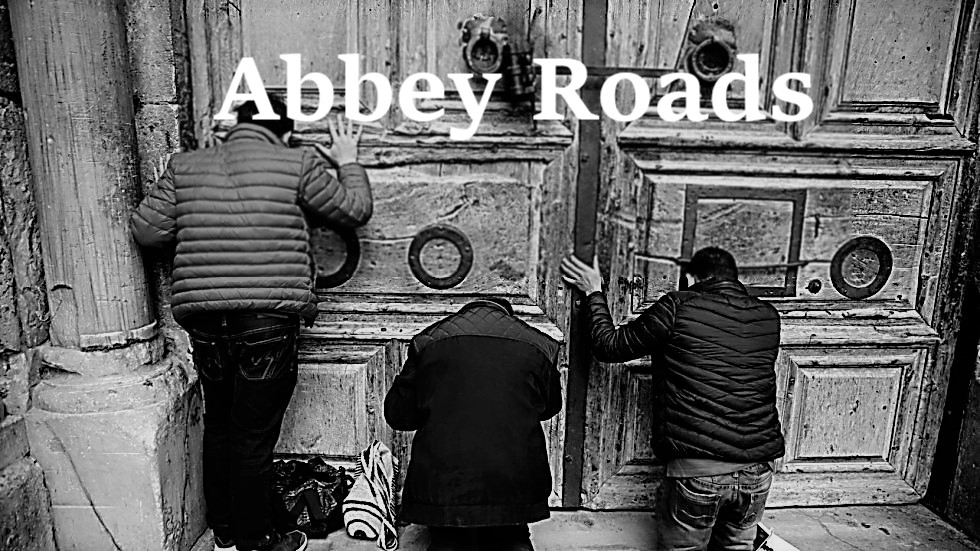Of these his writings, which are the soul of his government and show the way to follow either as an individual or a community, I would like to mention only one, his masterwork, the "Itinerarium mentis in Deum," which is a "manual" of mystical contemplation. This book was conceived in a place of profound spirituality: the hill of La Verna, where St. Francis had received the stigmata. In the introduction, the author illustrates the circumstances that gave origin to his writing: "While I meditated on the possibility of the soul ascending to God, presented to me, among others, was that wondrous event that occurred in that place to Blessed Francis, namely, the vision of the winged seraphim in the form of a crucifix. And meditating on this, immediately I realized that such a vision offered me the contemplative ecstasy of Father Francis himself and at the same time the way that leads to it" (Journey of the Mind in God, Prologue, 2, in Opere di San Bonaventura. Opuscoli Teologici / 1, Rome, 1993, p. 499).
.
The six wings of the seraphim thus became the symbol of six stages that lead man progressively to the knowledge of God through observation of the world and of creatures and through the exploration of the soul itself with its faculties, up to the satisfying union with the Trinity through Christ, in imitation of St. Francis of Assisi. The last words of St. Bonaventure's "Itinerarium," which respond to the question of how one can reach this mystical communion with God, would make one descend to the depth of the heart: "If you now yearn to know how that happens (mystical communion with God), ask grace, not doctrine; desire, not the intellect; the groaning of prayer, not the study of the letter; the spouse, not the teacher; God, not man; darkness not clarity; not light but the fire that inflames everything and transport to God with strong unctions and ardent affections. ... We enter therefore into darkness, we silence worries, the passions and illusions; we pass with Christ Crucified from this world to the Father, so that, after having seen him, we say with Philip: that is enough for me" (Ibid., VII, 6). - Catechesis in Paul VI Hall
.
Art: Stigmata of St. Francis - I have no other information.


"In the year that King Ozias died, I saw the Lord sitting upon a throne high and elevated: and his train filled the temple. 2 Upon it stood the seraphims: the one had six wings, and the other had six wings: with two they covered his face, and with two they covered his feet, and with two they flew. 3 And they cried one to another, and said: Holy, holy, holy, the Lord God of hosts, all the earth is full of his glory...
ReplyDeleteIsaiah 6"
I don't know why, but I love the Seraphim...New Advent tells us: Their number is considerable, as they appear around the heavenly throne in a double choir and the volume of their chorus is such that the sound shakes the foundations of the palace...The name is oftentimes derived from the Hebrew verb saraph ("to consume with fire"), and this etymology is very probable because of its accordance with Isaiah 6:6".
Great minds think alike, Terry, but in our case, I think we just got lucky. I posted on the Holy Father's address re: St Bonaventure, too, but I focused on how the saint treated the "spiritual" Franciscans. I included a photo, too!
ReplyDeleteLarry - I'm glad you did that - I definitely wanted to but rather hoped people would click my link and read the entire Zenit article and pick up on it themselves - it really speaks to our day don't you agree? Glad you wrote on it.
ReplyDelete